Science does not send many learners into a frenzy of excitement, but academics at the University of the Western Cape (UWC) are determined to change the subject’s reputation. One tactic is to unveil the link between science, art and indigenous knowledge.
Professor Josef de Beer, Director of the Science Learning Centre for Africa (SLCA) at UWC is working around the clock to not only get learners interested in science, but also to provide CV professional development to science teachers.
Prof De Beer conducted extensive ethnobotanical and anthropological studies of the medicinal plants of the Southern Bushmanland in the Northern Cape. His research shows that the inclusion of indigenous knowledge in science curriculum themes makes science more relevant and interesting for culturally diverse learners.
“The San expressed their views qand knowledge of the universe and nature through art, namely in their rock art. For this reason, the theme for our Science Week event is Khoisan knowledge, science and memory. True to UWC’s motto of ‘Respice Prospice’, or in English, ‘to look back, to look forward’, we need to acknowledge the value of our rich indigenous knowledge that will assist the people of our country (and today’s learners) to move forward and to be competitive in the scientific arena on an international level,” said Prof De Beer.
While it is relatively easy to get a learner interested in flying a drone or building a telescope, he said the true challenge is to have them immersed in science, technology, engineering and mathematics (STEM).
“I believe that including indigenous knowledge and the arts can be a catalyst to achieve this. One example is where students could explore the anti-microbial activities of muthi (medicinal) plants, using the Kirby-Bauer technique. Students in such an activity do laboratory work to test the effect of the active ingredients in medicinal plants on pathogens (disease-causing organisms). Not only do students learn microbiological procedures, but they also develop an appreciation for indigenous knowledge, since it can be used to develop entrepreneurial mindsets in learners; an important consideration in a country crippled by high unemployment.
“So, for instance, the Indigenous knowledge holders in the Giyani district in Limpopo have an environmentally friendly solution to harmful insecticides. The local people here have been using the plant Lippia javanica (fever tree) as an insect repellent for decades.”
The Council for Scientific and Industrial Research (CSIR), in conjunction with the local community in Giyani, has registered a patent on the use of Lippia javanica as an insect repellent.
He explained that indigenous knowledge is meant to be built into the school curriculum, but policymakers need to take action to do this. However, there are ways that it can be done in the classroom to bridge the divide between science, indigenous knowledge and the arts.
Prof De Beer and his team at the SLCA invited school learners in the Western Cape to a full programme on Saturday, 5 August 2023, during Science Week.
Highlights of the programme include keynote speaker, Professor Ben-Erik van Wyk from the University of Johannesburg, who will discuss the plants in San Rock Art. Other speakers will discuss the rich Khoisan indigenous knowledge and customs of a people concerning plants and their medical, religious, and other uses. Another notable speaker will be celebrated SABC journalist, Jacqui January, who will focus on Khoisan voices, while UWC’s Dr Jacob Cloete will speak about his book on Khoisan heritage. Additionally, Annelize Kotze from the Iziko Museums of South Africa will discuss the dilemma of human remains in museum spaces and the decolonisation of museum spaces.
On the day, Gasant Gamiet from the School of Science and Mathematics Education at UWC will facilitate the Coding and Robotics display. Dr Mark Herbert and Bako Audu from UWC’s Department of Physics and Astronomy have been charged with the science and maths displays as well as learning activities.
Guests will have an opportunity to enjoy a “gallery walk” to view the children’s artwork and a special San art exhibition. Dancers will perform the “Riel dans”, also known as “Ikhapara” amongst the Nama people.
De Beer concluded, “It is encouraging to know that there is a stronger focus now to include the arts in the STEM space. And STEAM approaches (the ‘A’ representing arts) in education are building momentum.”



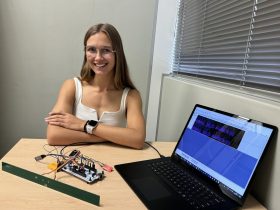
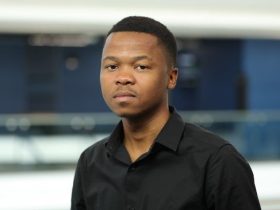

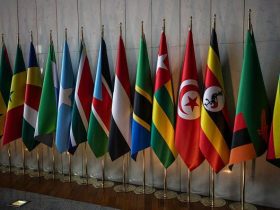
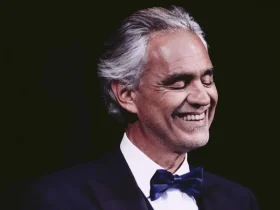
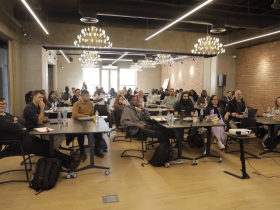

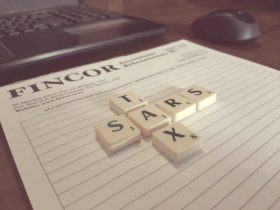

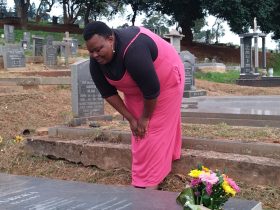

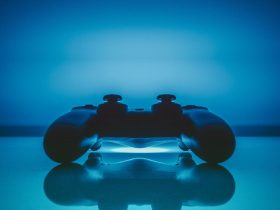
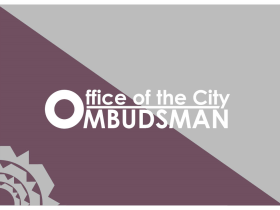

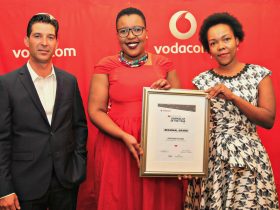
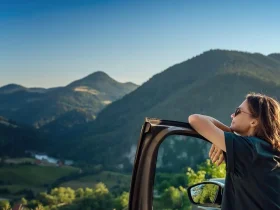
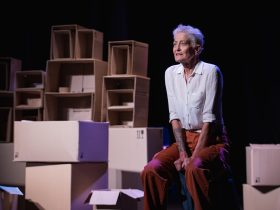
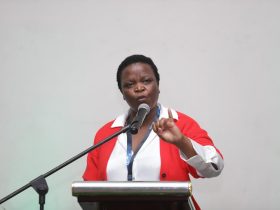



Leave a Reply